The Human Design Types are one of the fundamental aspects of the Human Design System. They were one of the last aspects defined by Ra Uru Hu, the founder of the Human Design System. What type am I? is the most frequently asked question about Human Design on Google. A reason for me to take a closer look at the topic.
This article provides you with general information on Human Design Types in a career context. Further information on the individual Human Design Types can be found in the linked blog articles in the text. I wish you many revealing insights about yourself and your working environment.
Why Human Design Types are different from personality test types
The Human Design System is much more than an exciting analysis tool – it can be a powerful guide for your personal and professional development. Whether you are at the beginning of your career, in the middle of your professional life or looking for a fulfilling degree: it is never too late for more job satisfaction.
We often encounter the Human Design Types first when we do a Human Design Type Test or initial research. And this is where a fascinating journey begins. Because even though our minds like to think in categories, we need to be careful: Your type is a part of you, but not the whole. And you don’t have to “behave” accordingly just because an analysis suggests it.
Why do we still fall into this trap so easily? Because human beings are too complex to be grasped purely rationally – our thinking simplifies wherever it can. But in real life, we always work as a whole.
This challenge affects many models that work with typologies – from classic personality tests to human design. The difference: Human Design types are based on energetic principles and not on how you grew up.
Use your Human Design knowledge as a guide, not as a set of rules. Your Human Design type can help you to shed light on things when you are stuck. But it is only the beginning.
How Human Design Types are created
Which Human Design Type you are assigned depends on the connections (channels) of the Human Design Centers in the Human Design Chart.
In general, the group of motor centers (consisting of the sacral, root, emotional and heart centers) of the Human Design Chart and the throat center are responsible for the corresponding typing. The decisive factor is how the centers are connected to each other. The mode of the sacral center (open or defined) divides the Human Design types into two broad categories:
- Energy type (defined sacral center) and
- non-energy type (open sacral center).
The distinction between energy type and non-energy type says a lot about your energy level. This can also be an important criterion for your professional orientation. In my Human Design Coaching sessions, I often find that people who fall into the non-energy type category choose jobs that completely drain them because they feel they need to compensate for something. This was also the case recently with Luke, a sales representative in beverage sales. He had long felt that his job was driving him to burnout, but needed confirmation from our coaching to recognize this for himself.
However, you should not think that a non-energy type is devoid of energy. Every Human Design Type has energy. The difference is that energy types often have a bubbling, continuously flowing life energy. Non-energy types, on the other hand, tend to experience their life energy within a contextual framework and with natural pauses.
After you have entered your birth data into the Human Design Calculator, you can see which Human Design Type you are, which centers are defined and which are open, and how the defined centers are connected to each other.
Human Design Types explained briefly: The 5 basic types
Now it’s time to get a little more specific. Because so far I’ve talked a lot about types, but not yet about what types there are. Here is a brief explanation of the 5 Human Design Types:
- Manifestor (Initiator)
- Projector (Coordinator)
- Generator (Doer)
- Manifesting Generator (Specialist)
- Reflector
To return to the energy and non-energy types mentioned above: Generators and Manifesting Generators (MG for short) are energy types because they have a defined sacral center. Manifestors, projectors and reflectors are non-energy types with an open sacral center. Originally, generators and MGs were combined into one type. It is therefore possible that only 4 Human Design types are mentioned in other sources. The terms in brackets after the type designations above are to be regarded as synonyms in a professional context.
Clicking on the respective Human Design Types above will take you to the detailed descriptions of the individual Human Design Types. But take your time and scroll back here later, because there is still some exciting information waiting for you in this article.
Human Design: What type am I?
Manifestor: The initiator in Human Design
Is the answer to your question What type am I? Manifestor?
Then discover how you can make the most of your visionary power and innovative strength in your career as a manifestor (initiator). As an initiator, you are predestined to transform systems, processes and structures and be successful in management positions such as managing director or division manager. Find out more about the diverse career opportunities for manifestors in the main article Human Design Manifestor in the job. By the way, 40% of all newborns will be manifestors in 2025. There have never been so many in one year.
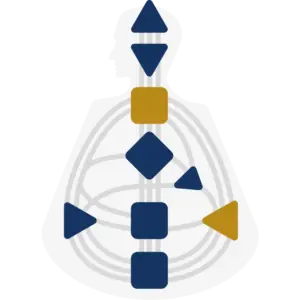
Human Design Type Manifestor in schematic representation
Projector: The coordinator in Human Design
Is the answer to the question: What type am I? Projector?
As a Projector, you can find out in the linked article how you can make the most of your exceptional coordination and leadership skills at work. As a Projector, you are predestined to lead teams and shine with your perceptive powers in advisory and supportive roles. Find out more about the diverse career opportunities for Projectors in the main article Human Design Projector on the job.
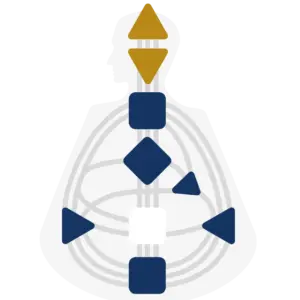
Human Design Type Projector in schematic representation
Generator: The doer in Human Design
Is the answer to the question: What type am I? Generator?
Find out how you, as a generator, can make the best possible use of your implementation skills and stamina in your job. As a source of energy, you are predestined to drive projects forward and be successful in different areas. Find out more about the diverse career opportunities for Generators in the main article Human Design Generator on the job. Incidentally, only around 5% of generators will be born in 2025 – lower than ever before.
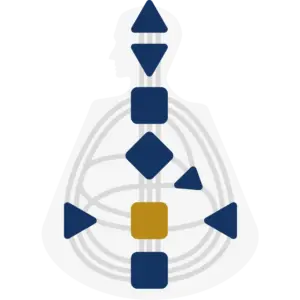
Human Design Type Generator in schematic representation
Manifesting generator: the multi-talent
Is the answer to your question: What type am I? Manifesting Generator?
In the following blog article, you will find out how you, as a Manifesting Generator, can make the most of your ability to implement and spontaneity in your job. As a multi-talent or “fast mover”, you are successful in positions where you can demonstrate versatility and speed. Use your long-lasting energy and flexibility to perform at your best at work and beyond. Discover more about the diverse career opportunities for Manifesting Generators in the main article Human Design Manifesting Generator on the job.
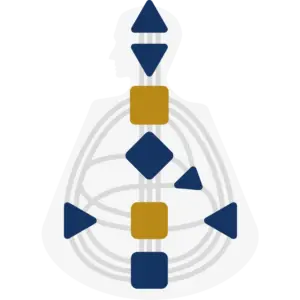
Example Human Design Type Manifesting Generator in schematic representation
Reflector: The observer in Human Design
Is the answer to the question: What type am I? Reflector?
As a Human Design Reflector, you should know how to use your unique perceptiveness and openness optimally in your job. As a valuable observer and “mirror of society”, you are successful in positions where you can recognize and react to moods and dynamics. Use your natural flexibility to promote a harmonious working environment and support change. Discover more about the wide range of career opportunities for reflectors in the main article Human Design Reflector on the job.

Example Human Design Type Reflector in schematic representation
Not every person immediately recognizes themselves in his or her Human Design Type
If you do not recognize yourself in your identified Human Design Types, this may be due to imprints, conditioning or beliefs that you have accumulated over the course of your life or genetically. We pick up on such issues particularly quickly as children. I have dedicated a separate chapter to this topic in my Human Design self-coaching course.
The strategies of the Human Design Types
In addition to the characteristics of your Human Design Type, the assigned strategy plays an important role in the realisation process – naturally also for your professional life. Your strategy shows you how you should behave in order to attract experiences and situations that serve your life path.
If you don’t follow your strategy, your career path will be difficult. If you follow your strategy, you are taking the smart path of ease and can set yourself up for long-term flow. Understanding and, above all, implementing your strategy will probably take some time – but in my experience, it will be worth it. Understanding your strategy has a lot to do with trial and error, especially at the beginning. So take your time and be mindful to implement your strategy in life.
My experience in the strategy process
In my experience (I am a Human Design Type Generator), there is a form of passivity in every Human Design strategy. What I mean by that is: let life work on you before you rush to make an impact. I’m talking about Generators and Manifesting Generators here.
But even if the essence of the manifestor is to make an impact, it is beneficial for him to inform others of his intentions and to perceive how others react to them. For me, this also has something to do with passivity. The Projector also remains in passive perception mode until he feels that he is being asked to make a contribution or take an action. And finally, the reflector only makes his powers of observation available when he is asked to do so.
In my opinion, the Daoist doctrine of wuwei comes very close to all these strategies. The philosophy of wuwei is basically about acting by not acting, without being inactive. My mentor Theo Fischer* has written wonderful books on this philosophy, which I can warmly recommend to you.
Prioritize the implementation of your Human Design Strategy
My recommendation: You should consider the implementation of your Human Design Strategy as one of your first experiments in your personal development process, because it will give you a sense of ease relatively quickly. Try to integrate your strategy into your life as much as possible until it becomes a habit.
Every Human Design Type gets exactly the strategy that challenges them the most
I think every Human Design Type is assigned a strategy that is particularly challenging for them – and therefore brings the most growth. I am convinced that a type’s strategy suits them precisely because it is particularly difficult for them, but at the same time enormously beneficial. As a Generator or Manifesting Generator (MG), for example, you like to plan ahead. But this is exactly what can block you. Your real strength lies in reacting to life instead of determining everything in advance.
The strategies of the other Human Design Types could probably also be helpful for you in some way. However, they do not pose such a great challenge for you and are therefore not the focus of your development. Your own strategy is the key to developing your full potential.
Try it out for yourself and please let me know in the comments below if you’ve noticed a difference in your life.
The Human Design Types of your team colleagues
In your company there are bosses, mentors, colleagues or other business partners who can of course also be classified as Human Design Types. That’s why it’s an advantage to know the characteristics of the other types, even if you can’t assign them all to your colleagues. Unfortunately, they don’t have their human design types on their business card. However, as soon as you know the date of birth of a colleague, you can determine their Human Design without time. Simply enter 12 am in the Human Design Calculator. It is very likely that your Human Design Type will not change during the course of the day. To be on the safe side, you should test this by entering a few hours before and after 12 am.
Generally speaking, if you know the other Human Design Types, you can not only get to know your colleagues better, but also yourself. Because we all only recognise ourselves in comparison with others. And you may even be able to recognise which Human Design type your colleagues are by their obvious character traits.
Thought experiment: Corporate hierarchies and the Human Design Types
Below is an example of the description of a functional organizational structure. An organization chart in which the Human Design types have found their authentic place could look like this. However, consider it only as a theoretical thought experiment that relates only to the type aspect. The reality in business is of course different.
Two principles should be observed:
- In Human Design, no Human Design Chart and no Human Design Type is considered better or worse. The Human Design System conveys cooperation at eye level.
- Secondly, anyone can be anything when interacting with others. Because in interaction with others, our chart also takes on the aspects of others.
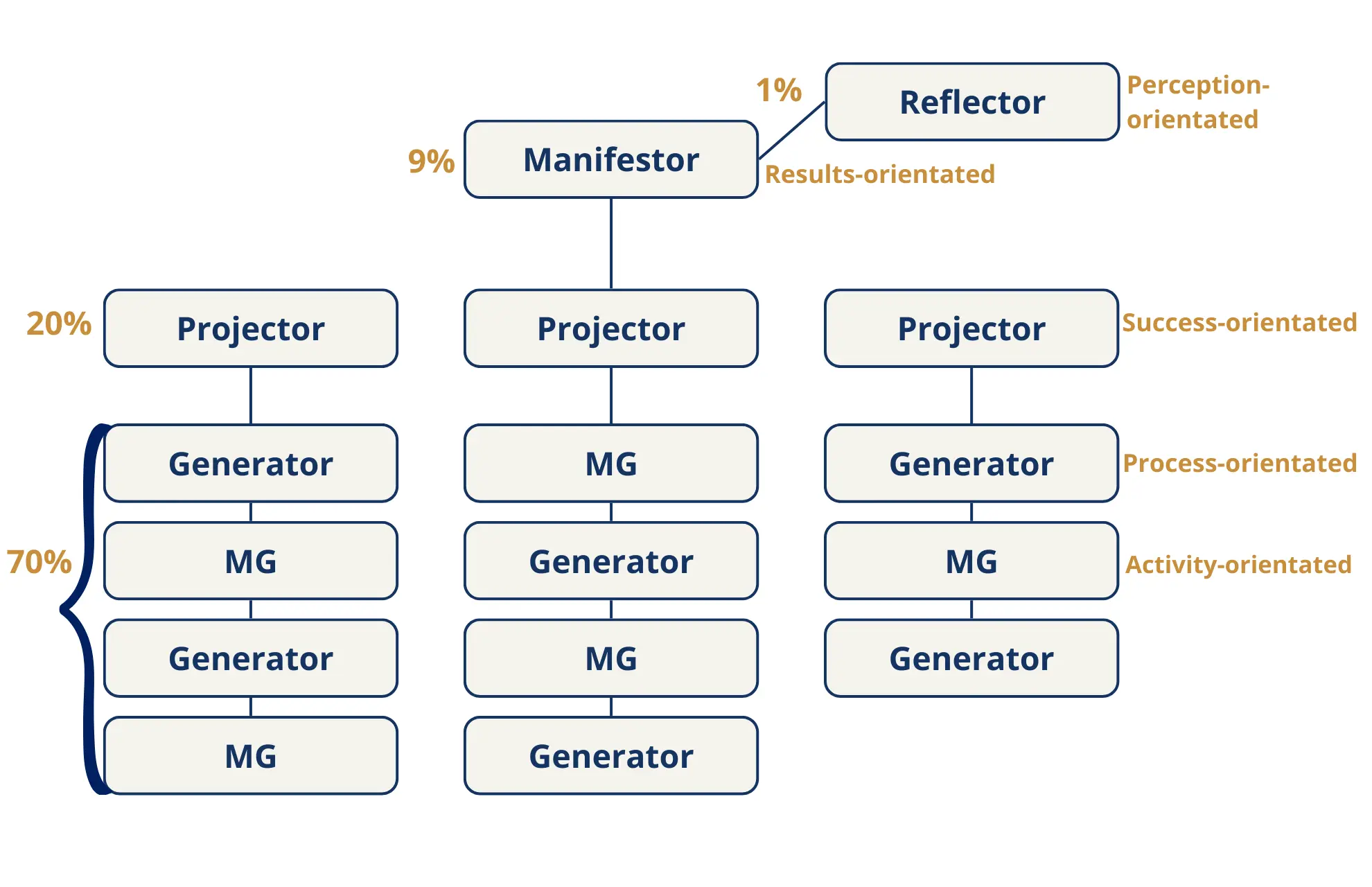
It is inspiring to think that around 6000 years ago there may have been no fixed hierarchies. It was only with the rise of rulers that a hierarchical system developed. Before that, coexistence seemed to work on an equal footing, with decisions being made flexibly by the person who was considered an expert in a particular field. Without rigid hierarchies, social structures were probably better able to adapt to different situations and challenges.
This idea could also be groundbreaking for the future, in which flexible adaptation to new circumstances will become increasingly important. Human Design Types could be used in such a flexible model to strengthen the sense of community and reduce the social divide.
The transformation of the working world is in full swing. It will be interesting to see whether human design conquers the business world commercially. Do not be idle. Be the change yourself and take note of what life has in store for you.
Do you actually recognize yourself in your Human Design Type? I would be really interested to know. Feel free to write it in the comments below.
FAQ: Questions and answers about the Human Design Types
How many types of Human Design are there?
There are 5 Human Design Types: Generator, Manifesting Generator, Projector, Manifestor and Reflector.
What type of Human Design am I?
To determine your type, you will need your date, time and place of birth for a chart calculation. Use a human design calculator to do this.
Where can I find a Human Design Type Test?
You can take a Human Design Type Test free of charge on this page (above). You can also get a human design type analysis for 0 euros here.
What are the 5 Human Design Types and how can they influence career choices?
The 5 Human Design Types are Manifestor, Generator, Projector, Reflector and Manifesting Generator. Each type has unique characteristics and strategies that influence how people best act and interact at work. Understanding the Human Design types can help you find a professional role that matches your natural energy.
Can knowing my Human Design Type help with career development?
Yes, knowing your Human Design Type, for example, allows you to identify professions and work environments that harmonize with your natural energy and way of working. By understanding your natural gifts, talents and weaknesses, you can be more targeted in your search for positions and a suitable environment.
Are there specific professions that are better suited to certain Human Design Types?
Although there are no set laws, certain Human Design Types tend to thrive better in certain professions. For example, Manifestors can thrive in leadership roles as they have the ability to initiate and inspire. Generators can thrive in high-energy roles that require perseverance. However, it is important to look at people holistically and not simply assign them to positions. Because it is not only important WHAT role you fill, but also HOW you fill it.
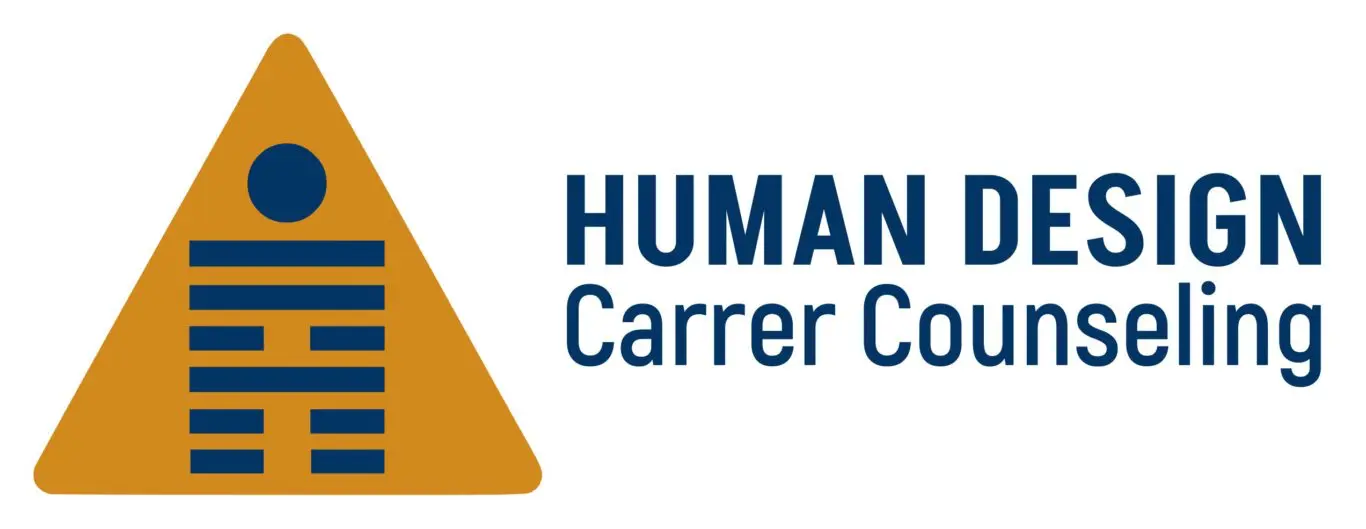

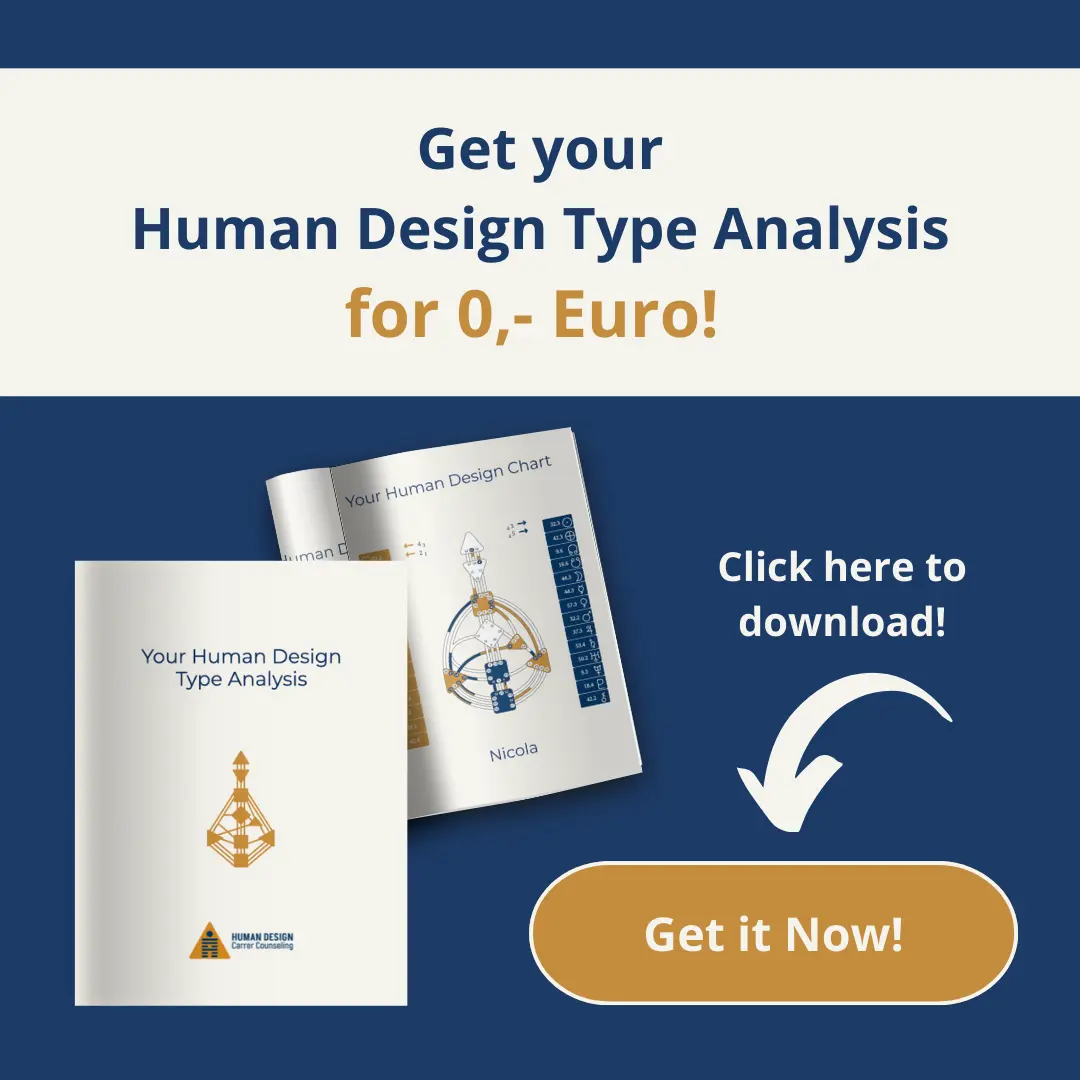


0 Comments